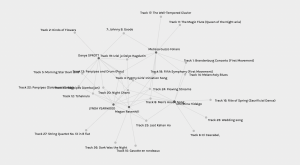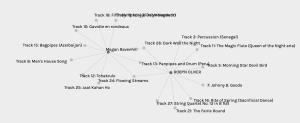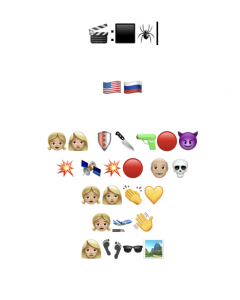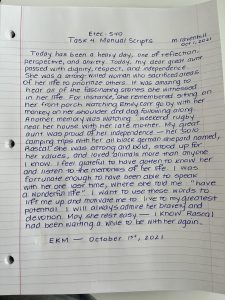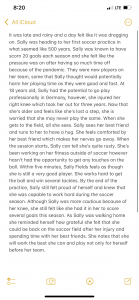Task 12: Speculative Futures
It is hard to believe task 12 is here already. The weeks have flown by. This task opened my eyes to the technology that I had a hard time believing already existed. I had a couple different ideas for my speculative narratives, all to find out that those things already similarly existed. Technology has advanced in such little time. I remember sitting in front of my 30lb computer monitor as a little girl wondering, “what is the internet? What am I supposed to do with it?”. Now here we are, posting blogs and learning through the capabilities of the internet. I first considered AI when my dad purchased a Tesla in 2020. I remember being absolutely mind blown from the possibilities it provided; autopilot, car detection, and safety predictions. It truly is an incredible electric vehicle. These ideas felt like the very distant future not so long ago, so it is hard to believe what we will be capable of in 50 years. Dr. Shannon Vallour (2018) talks about the possible negative impacts that could come from AI, however, highlights that those negative impacts have already existed within our society, we just need to learn how to deal with these impacts alongside AI advancement. Dr. Shannon Vallour (2018) notes that artificial intelligence amplifies these social imperfections, failures that preexisted AI. I created my two speculative narratives on ideas that I find I struggle with on a daily basis; ensuring I am equally supporting my students and getting everything done on time.
My first speculative narrative is: The Teacher Assistant Hologram. I had help from my husband in order to create a fake podcast interview.
Click here to listen to my podcast about the Teacher Assistant Hologram: https://youtu.be/IkoaZhS8Kvc
- Idea: Teacher Assistant Hologram
- Purpose: To help support students within the class, allow students to have more one on one teacher time, and to engage in technology within the classroom.
- Technology involved: hologram and data transfer
- How: Teacher is “cloned” into a hologram. The hologram is able to talk, move, and make gestures. All information that the teacher has on the subject will be transferred to the hologram. The hologram is able to use information to create discussions, answer questions, and encourage students.
- Why?: Lately, there has been a wide shortage of EA’s (Educational Assistants) within our district. Unfortunately, they do not get paid enough for how much work they do. It is very sad and now is no longer attracting those to apply for the program, especially considering living costs in British Columbia. Due to the shortage, our students, especially those with IEP’s (individual education plans) are left without the support they require to succeed. If the hologram existed, it would provide students another “adult” in the room to help guide them through their questions.
My second speculative narrative is: Robotic Health Assistant. I used Google Slides to create a comic to demonstrate the possibilities of the robotic health assistant.

- Idea: Robotic Health Assistant
- Purpose: Clinics and ER’s are constantly overwhelmed with the amount of people needing their services. How efficient would it be if we could get most of our answers right away from our robotic assistant? This robot would be able to check vitals such as heart rate, blood pressure, iron levels, and even emotional health by scanning your body. The robot is also able to detect any signs of cancers, viruses, or infections.
- Technology involved: rechargeable robot.
- How: Robot has a health screener within the eyes. The radar detects body temperature and other vitals by using thermal detection and transparency.
- Why?: The healthcare system has been overloaded since the start of the Pandemic and even years prior. The robot would help relieve stress on the frontline workers and allow them to treat critical patients. The robot would help detect basic ailments and eventually would guide the patient to see an in-person doctor.
References
Vallor, S. (2018, November 6). Lessons from the AI Mirror [Video]. YouTube. https://www.youtube.com/watch?v=40UbpSoYN4k&t=824s
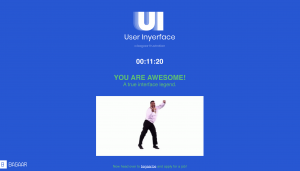
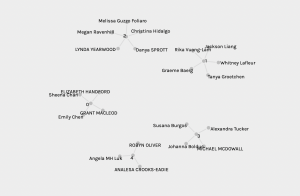 (Image 1: Using Source – Curators & Target – Community)
(Image 1: Using Source – Curators & Target – Community)